What is AI?
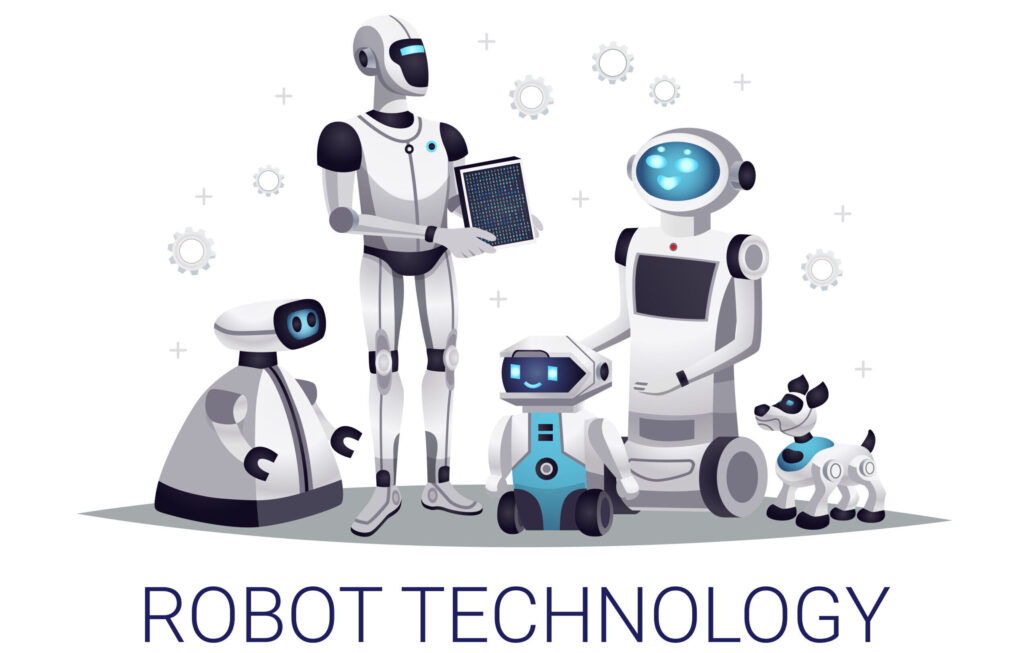
AI (Artificial Intelligence) is a technology capable of problem-solving in a way that resembles human intelligence. AI operates by simulating human cognition, using data and algorithms to enable machines to “learn” or “understand” autonomously.
This includes capabilities such as data analysis, voice recognition, image recognition, and natural language understanding.
AI tools use artificial intelligence to generate new creations through Generative AI. This enables users to bring their ideas to life in forms such as images, videos, sounds, or other types of content.
By combining the user’s vision with AI’s generative capabilities, AI tools produce the desired results even if the final creation never existed before.
Types of AI
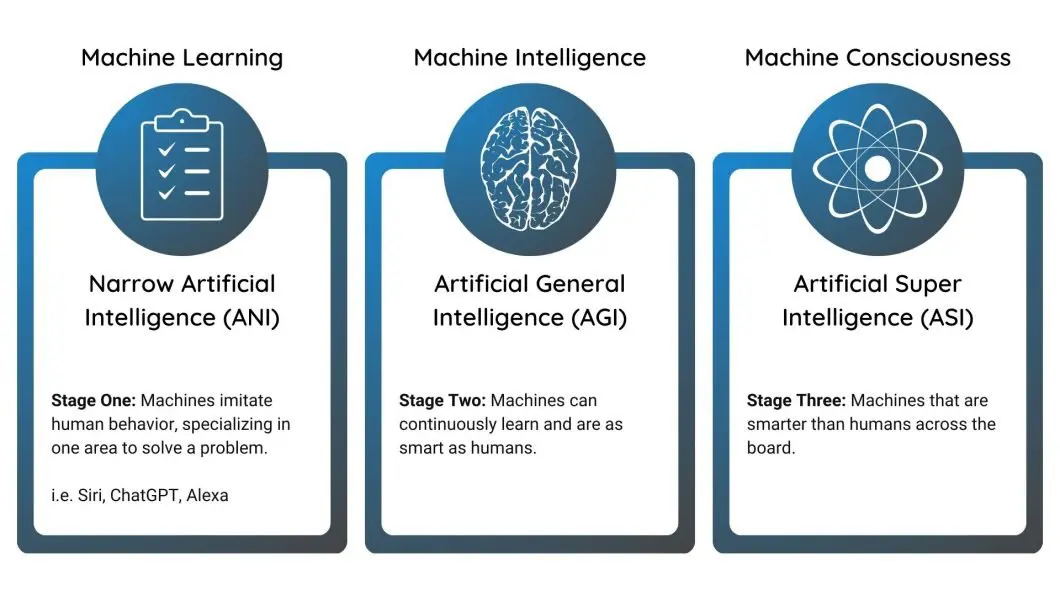
ANI (Artificial Narrow Intelligence) :
ANI, or Narrow AI, is designed to perform specific tasks or functions within a limited domain. It is unable to operate beyond its programmed skills and lacks generalization abilities.
Examples include e-commerce recommendation systems, customer service chatbots, facial recognition systems, and language translation tools.
AGI (Artificial General Intelligence):
AGI is AI with the capacity to understand, learn, and make decisions with intelligence comparable to human cognitive abilities.
AGI can comprehend reasoning, general human language, and adapt to new experiences and situations as humans do, without needing human intervention.
Examples might include self-driving cars and home assistant robots capable of making autonomous decisions.
ASI (Artificial Super Intelligence):
ASI refers to AI with intellectual capabilities far surpassing human intelligence in every aspect, particularly in creative thinking and complex problem-solving.
Currently, ASI remains a theoretical concept, and its development raises ethical concerns, such as the potential for AI to surpass human control or even dominate human existence.
Examples of Popular AI Today
- AI chatbot or AI-powered question answering.
|
Platform
|
Advantage
|
Disadvantage
|
|
ChatGPT

|
- Supports multiple languages.
- Engages in natural conversations.
- Flexible and versatile for various uses.
- Can generate creative text.
- Available on mobile devices.
|
- There may be delays in responses or occasional technical issues.
- The accuracy of the information may not always be complete.
- It may sometimes provide off-topic answers.
|
|
Claude

|
- The source of information is reliable.
- It understands Thai language commands very well.
- Responds in a human-like and natural manner.
|
- Sometimes provides brief and concise answers.
- Development is slower compared to competitors.
|
|
Gemini

|
- Engages in natural conversations.
- Has up-to-date information and knowledge.
- Adapts well to various business situations and contexts.
|
- Has limitations in generating long or complex creative content.
- Costs are higher compared to competitors.
|
- AI helps generate images from the text we input (Text-to-image)
|
Platform
|
Advantage
|
Disadvantage
|
|
DALL-E

|
- Used through ChatGPT.
- User-friendly.
- Fast processing.
- Generates images close to high-detail prompts.
|
- Higher priced compared to other AI providers.
- Requires understanding how to create prompts.
|
|
Craiyon

|
- Available for free.
- User-friendly.
- Fast processing.
|
- Generates images from high-detail prompts poorly.
- Has ads during use.
- Limited image customization options.
|
|
NightCafe

|
- Easy-to-use interface.
- Suitable for beginners to professionals.
- Has an active user community that constantly shares knowledge.
|
- Creating high-quality images requires time to learn advanced features.
- Good features are only available in the paid package.
|
|
Pictory.AI
|
- Converts blog posts or Zoom calls into short videos
- Great for social media content creation
- Fast and beginner-friendly
|
- Some automation results may need manual
- editing Limited design customization
|
|
Canva

|
- Drag-and-drop graphic design platform
- Thousands of templates for social media, posters, videos, and more
- Collaborative tools for teams
|
- Limited design flexibility for advanced designers
- Premium templates/features require Pro subscription
|
|
Looka AI

|
- AI-powered logo design platform
- Easy to use with customizable templates
- Quick brand kit creation
|
- Free preview with paid downloads
- Limited advanced design options
|
- AI for Writing and Editing Text
|
Platform
|
Advantage
|
Disadvantage
|
|
NationAI

|
- Summarizing Content
- Checking Spelling and Grammar
- Drafting Various Writing Formats (Emails, Blogs, Poetry, Captions)
|
- The table/spreadsheet feature is not yet good.
- The free version has limited functionality.
|
|
Mem

|
- It can integrate with other apps (Slack, Gmail, Google Calendar)
- It offers various features (screenshotting, retrieval)
- Collaborates in real-time.
- User-friendly.
|
- Offline functionality is limited.
- The free version has limited storage space.
|
|
Jasper
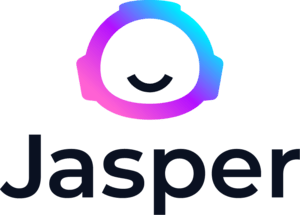
|
- It can draft various writing formats (blogs, articles, captions)
- Supports SEO.
- Available in multiple languages.
|
- No free trial available.
- No live chat support.
|
|
Copy.AI
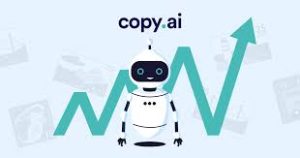
|
- Over 90 content templates including social media captions, product descriptions, emails, and blog intros
- Easy-to-use interface, suitable for beginners
- Supports multiple languages
|
- Can sound generic or repetitive if used without editing
- Less flexible than ChatGPT for long-form, nuanced writing
- Limited free plan usage
|
- AI for Meeting Summarization
|
Platform
|
Advantage
|
Disadvantage
|
|
MeetGreek

|
- Automatically records meeting videos.
- Transcribes speech in real-time.
- Helps summarize content for easier understanding.
- Summarizes key points of the meeting.
|
- A Google or Microsoft account is required to sign up.
- Over-reliance on AI features may lead to flaws (e.g., transcription errors).
- The free version has limited functionality.
|
|
Otter.ai
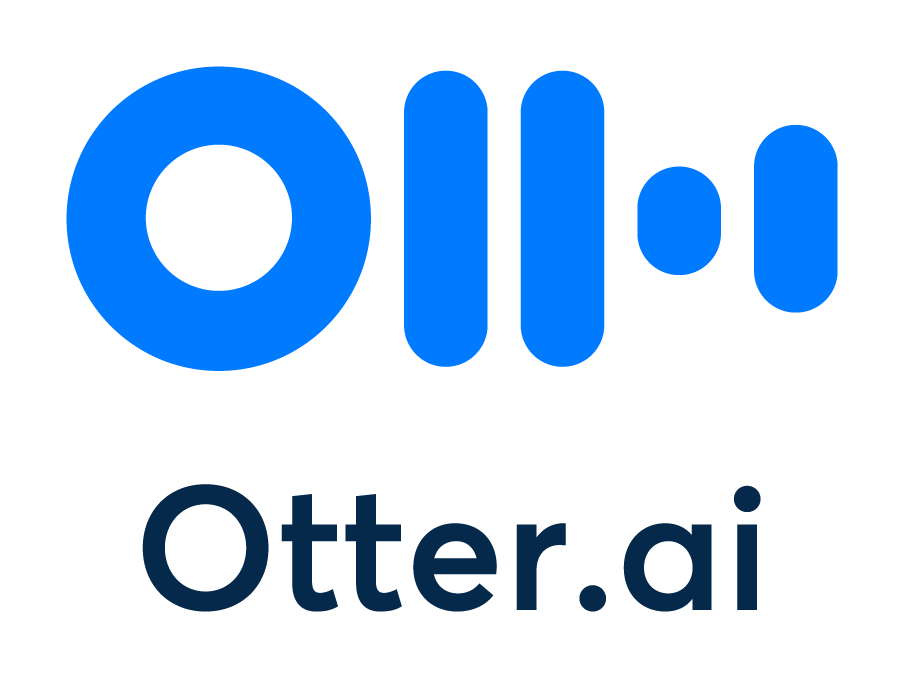
|
- It has a meeting transcription feature.
- Imports audio and video files and converts them into scripts.
- Offers customizable industry-specific vocabulary settings.
- Helps summarize meetings for easier understanding.
- Can integrate with other platforms.
|
- There is a delay during the meeting.
- No video recording of the meeting.
- The transcription feature may have errors.
|
|
Fireflies

|
- User-friendly.
- Can integrate with other platforms.
- Takes minutes to take notes and transcribe.
- Allows setting meeting times and reminders.
|
- Takes a long time to transcribe.
- Cannot translate transcriptions or audio files.
- The free version has limited functionality.
|
- AI helps create audio and video (Media Creator).
|
Platform
|
Advantage
|
Disadvantage
|
|
Murf

|
- Offers over 120 natural-sounding AI voices in 20 languages.
- Provides voice customization options (volume, speed, emphasis).
- Includes voice cloning and the ability to change voices.
- Contains a library of royalty-free music, sound effects, images, and videos.
- Integrates with Canva and Google Slides.
|
- Some voices may lack natural sound quality.
- The free version has limited functionality.
|
|
Supercreator

|
- Easy to use.
- Supports scriptwriting, creating background videos, captions, subtitles, hashtags, and automatic editing
- Can be used on mobile devices.
|
- No updates have been made for a long time.
|
|
Descript

|
- Can transcribe English speech and edit videos.
- Allows typing and editing speech, creating new sentences, and generating voices.
- Offers customization and editing of sound, including mixing, just like a video editing program.
|
- The free version has limited functionality.
|
Advantages and Disadvantages of Using AI
|
Advantages
|
Disadvantages |
|
Reduce working time.
|
Low creativity. |
| Reduce human error. |
High production and development costs.
|
| Works 24/7. |
Lack of flexibility.
|
| Can make decisions without bias. |
Increase unemployment rate
|
Conclusion:
AI greatly enhances convenience in our daily lives, but certain tasks still require human involvement to achieve the highest quality results. While AI helps reduce errors in many areas, developing a fully functional system still relies on human skills and decision-making.
Therefore, humans must continually develop themselves to adapt and stay competitive in a rapidly advancing technological world.









